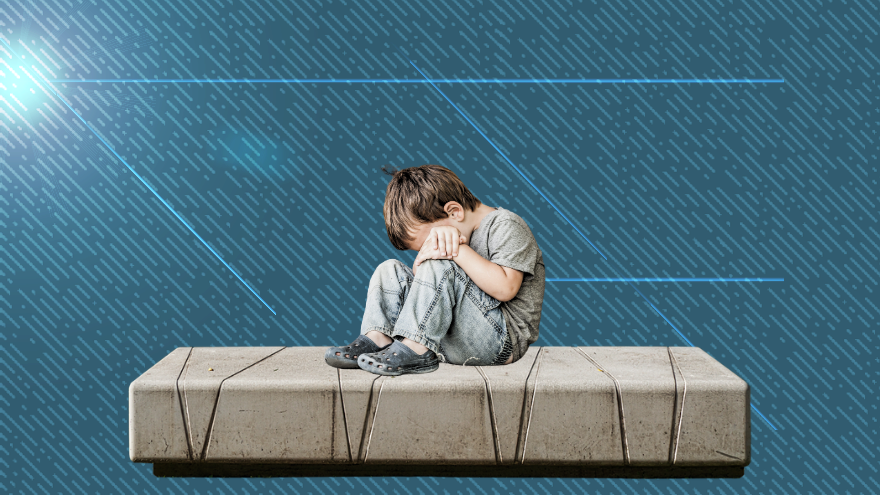According to new data from the U.S. Census Bureau, the child poverty rate rose from 12.4 percent in 2022 to 13.7 percent in 2023. This marks a significant increase since 2021, when child poverty had reached a historic low. The Census Bureau attributes the rise primarily to the expiration of pandemic-related financial relief programs.The child poverty rate in the United States has surged to its highest level in five years as families continue to grapple with the lingering effects of inflation, high interest rates, and rising housing costs.
New Census Bureau data: In 2023, the US child poverty rate reached 13.7 percent.
In 2021, the child poverty rate was 5.2 percent. pic.twitter.com/c3UYAXi64F
— Stephen Semler (@stephensemler) September 11, 2024 Michael Ryan, a finance expert and founder of MichaelRyanMoney.com, described the jump in child poverty as a "gut punch." "Especially when you consider how well the economy's currently doing," Ryan told Newsweek. "It's like we're driving a fancy sports car but left some of the kids behind at the gas station." During the pandemic, families benefited from an expanded child tax credit, which helped reduce child poverty to an all-time low in 2021. However, with the end of those relief measures, many families have struggled to maintain financial stability. The overall U.S. poverty rate also increased, rising by 0.5 percent from 2022 to 2023, according to census data. While recent reports suggest that inflation is easing, these figures capture only short-term changes.
The inflation rate is going down, which means the speed in which prices are increasing around you in slowing.
It doesn’t mean they aren’t still going up, and it certainly doesn’t mean they’re coming back down.
This is how politicians and the media manipulate you. https://t.co/06GR3xALTb
— Hannah Cox (@HannahDCox) August 15, 2024 Comparing current prices to those from 2020 reveals a more concerning picture: food prices have risen by more than 21 percent, housing costs by over 22 percent, and electricity prices by more than 27 percent.
Consumer prices since January 2021 when the #Biden_Harris_Admin came in 👇
• All food is ⬆️ 21.8%
• All shelter costs (including homes and rents) is ⬆️ 22.7%
• Food at Home is ⬆️ 21.1%
• Rent costs is ⬆️ 22.8%
• Auto Insurance is ⬆️ 55.6%
• Electricity is ⬆️ 27.6%…
— Susan Li (@SusanLiTV) September 11, 2024
“People are paying more in rent, people aren’t getting as much childcare support. Even though they’re earning more they’re not really getting ahead," Timothy Smeeding, a leading expert on the poverty line, told USA TODAY.
"When your dollar doesn't extend as far, especially when you have multiple children in a family, the result is being left with children who have fewer financial resources than in years past," Alex Beene, a financial literacy instructor for the University of Tennessee at Martin, told Newsweek.
"Children have been some of the most affected individuals of inflation's negative consequences and yet have not received as much coverage," he said.

